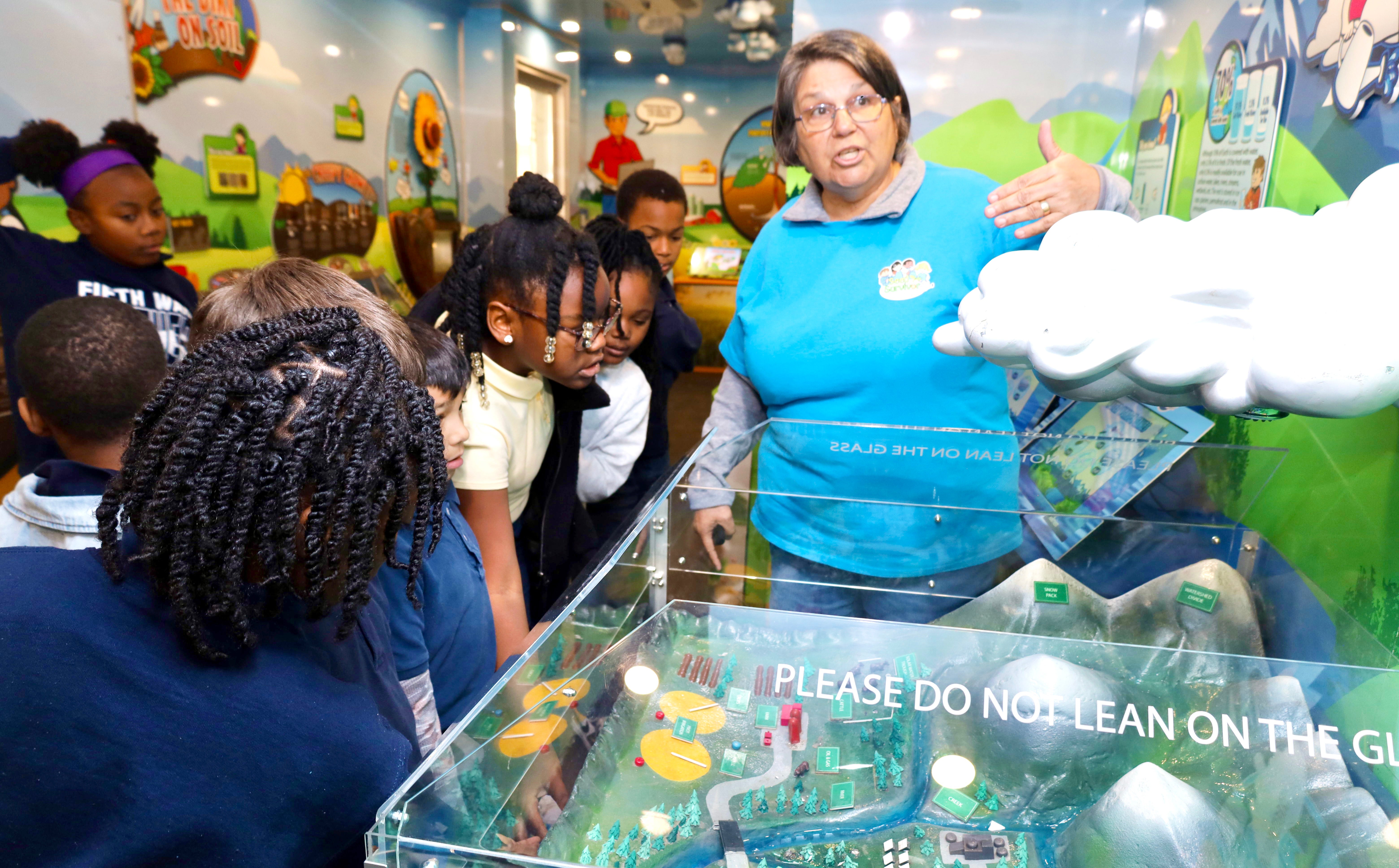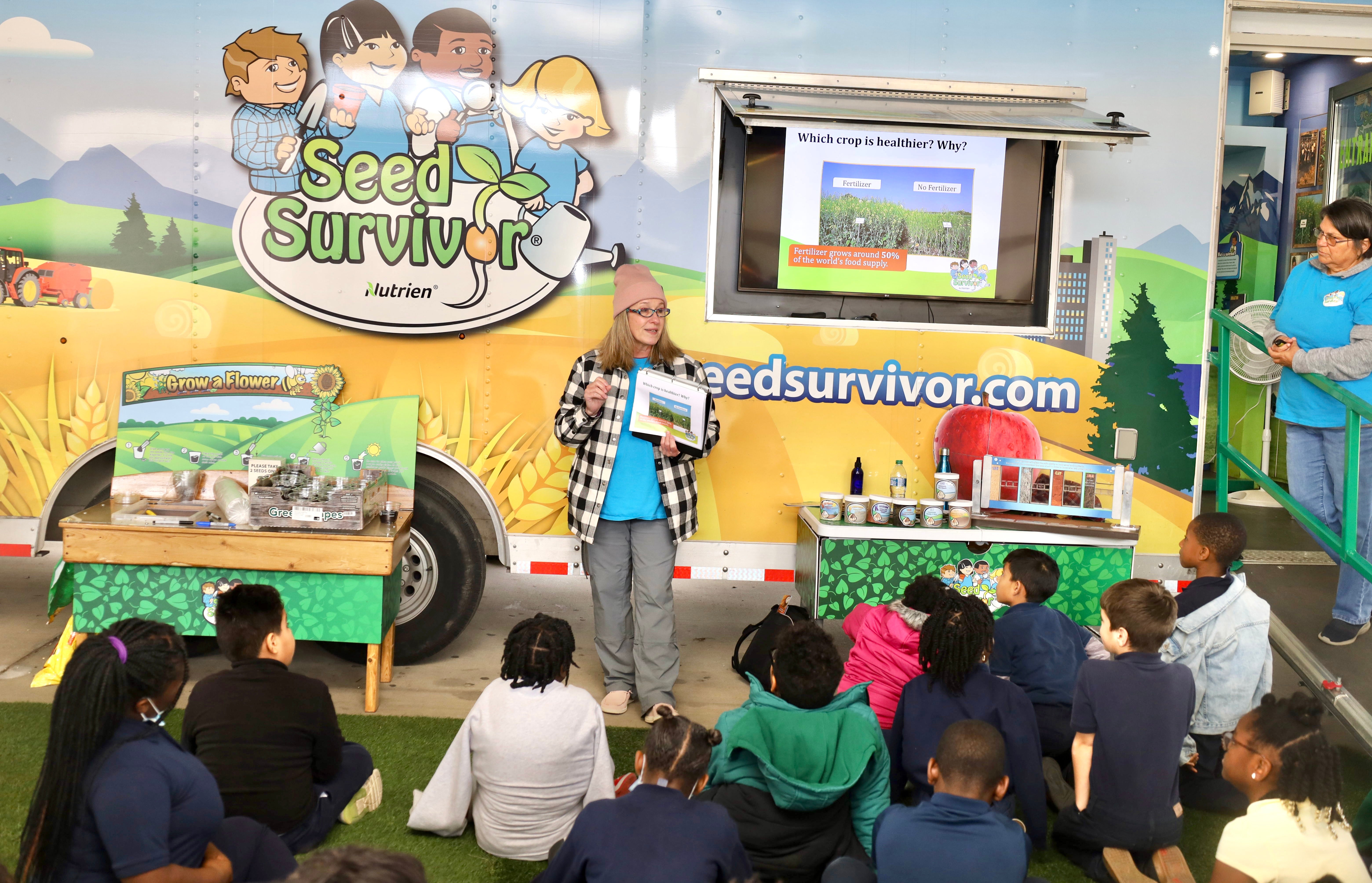Elementary students explore the roots of agriculture with Seed Survivor Mobile Classroom
Published 9:26 am Wednesday, January 25, 2023
1 of 2
LAPLACE — Local elementary students had an opportunity to become virtual farmers, dig for fossils, and plant sunflower seeds this past week through Nutrien Ltd.’s Seed Survivor Mobile Classroom, an interactive teaching tool that instills the importance of agriculture within the next generation.
The Seed Survivor program reaches roughly 100,000 students across North America each year, according to Chloe Specker, Nutrien’s education program coordinator. The mobile classroom rolled into Louisiana in November 2022 and will remain in the state through February 24.
This past week, Seed Survivor visited students ranging from second through fifth grade at West St. John Elementary, Ascension of Our Lord Catholic School, and Fifth Ward Elementary. Students learned that their food begins on a farm, not in the grocery store, and that healthy crops require nitrogen, phosphate and potassium.
“Our hope is to get children interested in agriculture, build their confidence in growing healthy plants, and understand where their food comes from,” Sprecker said.
Lynda Danos, state coordinator for Louisiana Farm Bureau’s Agriculture in the Classroom Program, referred to Seed Survivor as a fun and engaging way to teach students and a great resource for teachers.
Melissa Shuhart, a science teacher at Fifth Ward Elementary, said the Seed Survivor activities fill a gap in the existing curriculum.
“Our curriculum has changed to where I don’t teach plants anymore. We used to start with plants,” Shuhart said. “It will help on the LEAP test if they have any agricultural questions, especially since Louisiana is such an agricultural state. Students learn how many things are grown and raised here. In third grade, they learn how unique Louisiana is, so when we learn how many things we do grow here, it’s an added bonus.”
Inside the Mobile Classroom, students engaged with a variety of games introducing them to the water cycle, byproducts from livestock, types of soil found around the world, and much more. Children learned that only 3% of land can feed the world. In a demonstration with Nutrien volunteers, students looked at a water bottle representing the water that covers 70% of the earth, then watched as it was poured into the tiny cap to represent the fresh water supply.
Students were also challenged to think about how they will feed the world come 2050, when the world population is expected to sit at 9 billion people.
Fifth Ward student Bentley Cheney learned there are plenty of ways to plant a seed. He also enjoyed learning about waterways and different types of nutrients.
“It’s important to learn about this so you can grow food and crops to stay alive,” he said.
Fifth Ward student Matthew Lane said Seed Survivor taught him about the components necessary for plants to survive and grow.
“The Earth needs plants because they have the resources we need,” Matthew said. “Trees produce wood, and we need wood to build things. We need vegetables to have good stuff us humans can eat.”
Local educators were encouraged to continue the conversation in the classroom by accessing resources and games on seedsurvivor.com.

